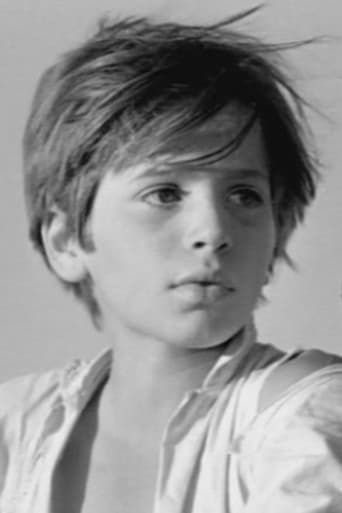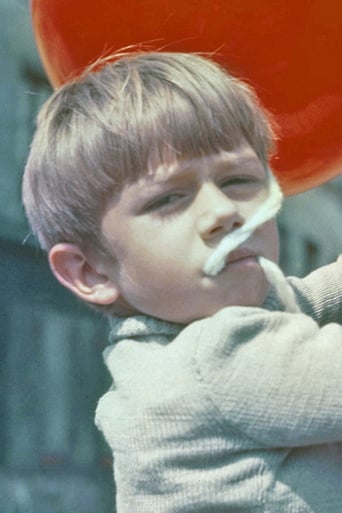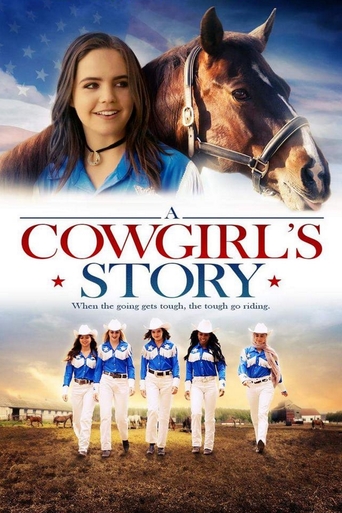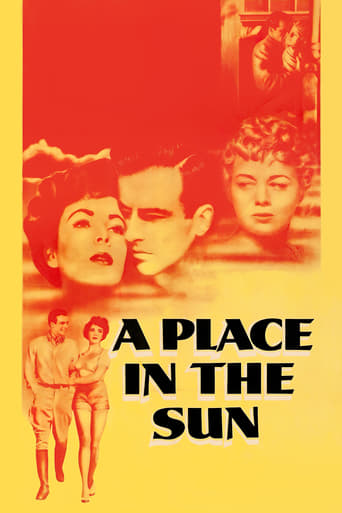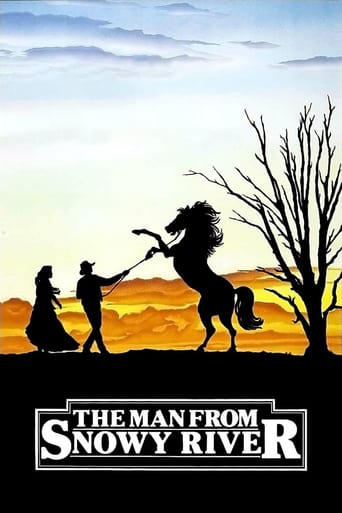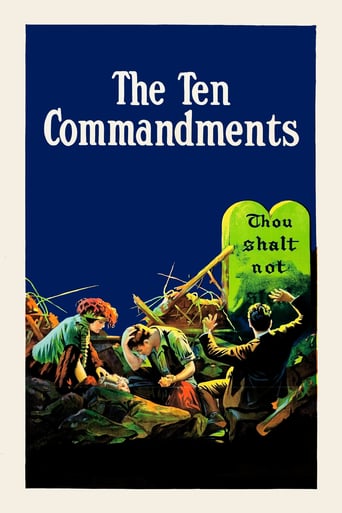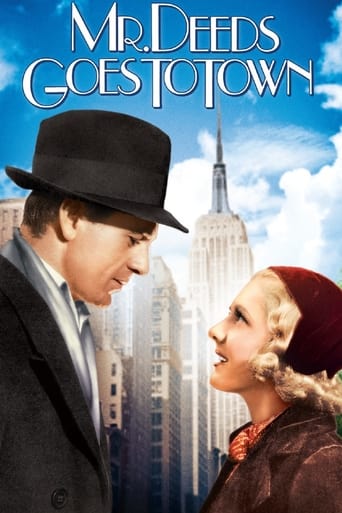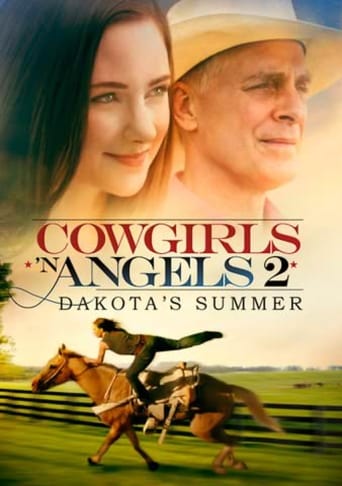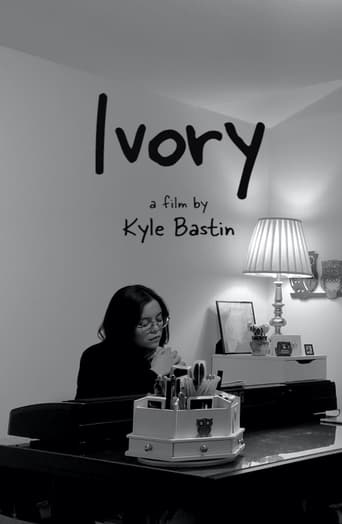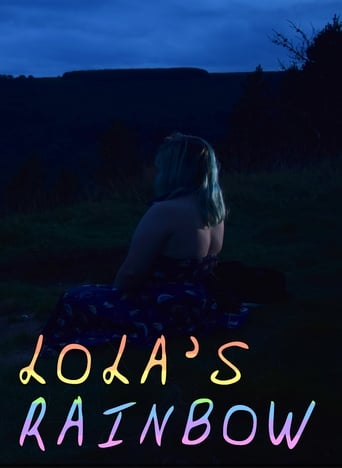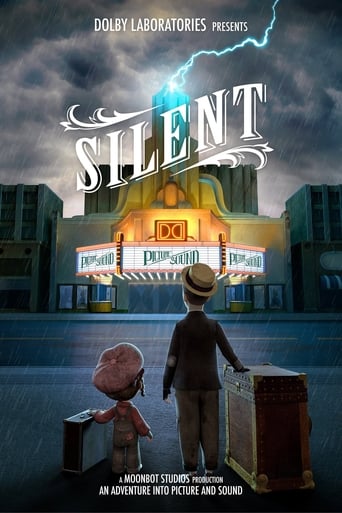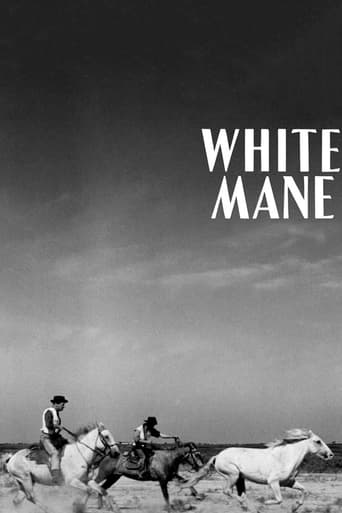
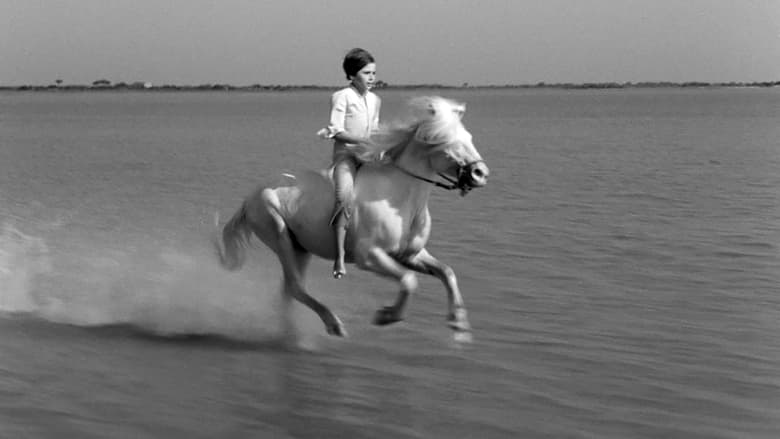
White Mane (1953)
In the south of France, in a vast plain region called the Camargue, lives White Mane, a magnificent stallion and the leader of a herd of wild horses too proud to let themselves be broken by humans. Only Folco, a young fisherman, manages to tame him. A strong friendship grows between the boy and the horse, as the two go looking for the freedom that the world of men won’t allow them.
Watch Trailer
Cast


Similar titles
Reviews
"White Mane" was directed by the French filmmaker Albert Lamorisse, who also made the better-known "The Red Balloon" from three years later. The two films have several things in common, apart from the fact that both feature the name of a colour in their title. Both are very short ("White Mane", the longer of the two, only runs to forty-seven minutes) and have little in the way of dialogue. Both are centred upon the adventures of a young boy who finds an unusual playmate (a horse here, a seemingly- sentient balloon in the later film). Both are told in the form of a fable rather than of a realistic story, and have an enigmatic ending which can be interpreted symbolically.There are, however, also a number of differences. "The Red Balloon" was set in Belleville, a working-class district of Paris. It was filmed in colour, but the colours, apart from the red of the balloon itself, are dull and muted, in keeping with the gritty urban setting. "White Mane", by contrast, was shot in black-and-white on location in a remote rural area, the marshes of the Camargue in the South of France.The Camargue is noted for its herds of free-roaming wild horses, and the film tells the story of one of them, a white stallion called White Mane (Crin Blanc in French). A group of ranchers persistently try to capture him but White Mane, who distrusts men, always manages to escape. The only human who can tame him is a boy named Folco who lives in the marshes with his fisherman grandfather and younger brother.The story is a simple one and the film has always been popular with children. As with "The Red Balloon", however, there is plenty of symbolism for adult audiences who like that sort of thing. The wild horse becomes a symbol of freedom; he resists the ranchers, who try to capture him by force, but he will submit to Folco who captures him through love. There may also be a specifically religious meaning behind the films, which starts with the colour-references in the titles; in Christianity red is the colour of martyrdom and white that of purity. Religious symbolism can be attributed to the endings of both films; here White Mane takes Folco through the sea (the waters of baptism?) to an island where "horses and men can always be friends", a possible reference to an afterlife.Such attempts to attribute symbolic meanings to films, especially children's films, will always be controversial and there will always be ample grounds for disagreement about such matters. One area, however, which I suspect will give rise to little controversy is the film's visual impact. Lamorisse's clean, vibrant black-and-white photography is absolutely masterly, revealing the wild, lonely beauty of the marshes. It is the sort of film which one could, if one were in the mood, watch simply as a succession of striking images, without giving much thought either to the story or to its underlying meaning. In this respect I felt that "White Mane" excelled even the high standard of "The Red Balloon". 9/10
I knew that my summary would get your attention! I wrote this because unlike many people who have some sort of romantic attraction towards horses, after reading about Napoleon's troops living on horse meat during their retreat from Moscow I always wondered how horse meat tastes. Sorry, but when others watch THE BLACK STALLION or MISTY OF CHINCOTEAGUE, I'm wondering if there's something like a rib-eye steak or chuck roast hiding within the title character! Yet, because of perhaps some innate love of horses, many would be horrified to think of eating one or not loving a film about horses. It's in light of the differing ways people think of horses that would account, perhaps, to some of the really divergent views on this film--as well as people ganging up on one reviewer who called it "a bit disappointing" and then receiving 26 of 27 scores as "not helpful". I've learned over the years that when it comes to horses, there are a lot of folks who adore them and you just can't argue with this connection.When I watched WHITE MANE, I once again thought of hamburgers and brisket because I just don't get excited about horses in films (unless they are being ridden by John Wayne or Errol Flynn into battle). So, the story of some French peasant child loving a horse that all the local herdsmen want to kill did little for me--particularly the ending (which seemed either a bit silly or just slapped on because they ran out of things to say).However, I also must admit that despite feeling almost no connection with this story, I had to admire the absolutely lovely film work. It is one of the best filmed black and white films I have ever seen--almost like a beautiful piece of art come to life. This, combined with nice music made for a lovely looking film.Overall, if you love horses (and I DON'T mean in the EQUUS way), then by all means watch the film. You'll find the plot magical and the film will impress you no doubt. If, however, you are not a horse aficionado, then you still might want to watch it for its artistry but not its somewhat disappointing and rather schmaltzy story.
I was introduced to Albert Lamorisse's wonderful The Red Balloon way back in grade school, and it's just something I never forgot. It was the first French film I ever saw, though I didn't know that at the time. It's too bad that Lamorisse didn't make this earlier film without dialogue, as well, because it would be just as well known as its brother. It has so little dialogue and narration as it is, it's just a shame Lamorisse didn't consider the universality that a lack of dialogue would give the film. I think I might even like White Mane a tad better than The Red Balloon. The simple story is about a wild stallion named White Mane who is being hunted by a gang of ranchers. The hunt is observed by a young boy (Alain Emery), who becomes fascinated with the horse. When the ranchers fail to capture White Mane, the boy goes after him. Lamorisse began his film-making career as a documentarian, and this film reminds me a lot of some of the faux-documentaries made by Robert J. Flaherty, particularly Louisiana Story. The black and white cinematography is some of the most gorgeous I've ever seen. If not for an abrupt and unsatisfying ending, this would rank among my favorite films ever.
Unlike THE RED BALLOON, this movie lacks the emotional feel, but the same passion is still here. The only real difference between this and RED BALLOON, is that this is in black and white and in the countryside, not in the city. Both movies virtually have no dialogue at all. If you want to cry, see THE RED BALLOON.


